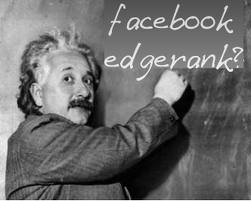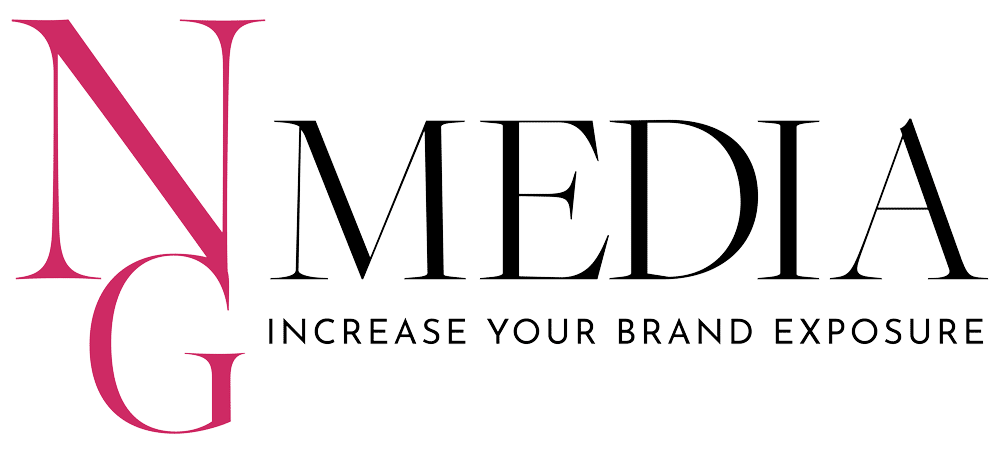Have you wondered why so many people are writing a brief Facebook update, and placing a link to a post or article in the first comment line?
It’s something now present daily in Facebook streams, but I continue to read comments from people questioning the reason people are linking in the first comment line. People who are doing it to improve their Facebook update visibility within the Facebook stream.
This Facebook-workaround is the result of an EdgeRank change Facebook instituted in September 2012. EdgeRank is the algorithm that controls the information shared in a Facebook feed for relevancy. With 30 billion pieces of content being posted on Facebook each week, the algorithm is Facebook’s way to decide what is worth sharing in feeds.
The overarching goal for the change is a good one because of the sheer number of updates, but there is much frustration–even demonizing of Facebook decision makers–because it impedes on those promoting a business or blog using links. Once the change was implemented, people posting content with an attachment in Facebook saw a plummet in their visibility within the Facebook stream, which started the firestorm of controversy and heated discussions. Much of the discussions were surrounding EdgeRank changes being more for Facebook’s business model than content relevancy. With lower visibility in updates, individuals and business might be more inclined to pay for Facebook advertising. Regardless of the reason, working around the latest obstacle is what is most important.

The September 2012 change to EdgeRank was made specifically to limit the reach of posts from businesses on Facebook to their fans, which has, in part, negatively impacted Facebook updates with attachments. This, in turn, has led to posts referencing the first line in the comment section as containing a link. This workaround has proven to be effective, but is awkward, requiring a reader to take additional action for information.
Is the impact worth making significant changes in posting behavior on Facebook?
In my opinion, the answer is not as simple as stating a definitive yes or no.
–>By embedding links in the first comment line and avoiding more visual representations in updates, the posts don’t stand out in a fast-moving stream of content. This is a huge risk when trying to catch the attention of followers. Facebook might be allowing a few more impressions for you, but what is your engagement level?
–>With everyone’s rush to make their posts have greater visibility by removing attachments, the posts now blend together even more. Now is a great time to incorporate attachments sparingly for a greater chance to stand out.
What about the EdgeRank penalty, you might ask?
That is still a valid issue, but the way to stand out in a crowd (in this case Facebook stream) is to do something different. Making a splash with an image or the interesting visual of an attached post catches the attention of people perusing their feed than a one or two-sentence comment in a sea of similar updates.
I believe the answer lies in the middle: creating a content strategy for Facebook that incorporates text-only posts, images, and posts including attachments. In the quick reaction to this Edgerank change, many have forgotten that engagement (Facebook calls it affinity) within your community is a greater influence to Edgerank rankings than trying to beat the system by burying a link. As with everything, an effective social media campaign strategy is the key to success, which I believe must require a balanced approach.
I have been using this strategy for clients the last few months, and it has been successful in generating interest, more likes, and sales as a result. If I was fearful of the negative effect the recent algorithm change would make on my clients, I am confident their campaigns would not be as successful as they have been. One client in particular saw an 11% increase in total monthly sales that was directly attributable to Facebook and the newly-designed website by the second month of the campaign’s execution, which is tangible evidence of success.
Have I thrown caution to the wind and ignored EdgeRank?
Absolutely not.
The above-mentioned client’s important messages, announcing the newest Facebook-only five-day sale (done weekly) is always announced with no attachments to the update. Any other essential messages are also posted as text alone. But in a very visually-oriented business, there is a necessity to use images, including that of blog posts, as a big part of an effective Facebook campaign. This mix of the two has worked well. There is greater visibility for the most essential communications, but the links and image-based updates garner a greater level of comments, shares, and likes. This has greatly increased their affinity among followers by garnering a greater number of fans for their page, reader engagement, and traffic in their store.
I highly recommend approaching the EdgeRank change with the proper balance it deserves. You will continue to see posts going viral, and also communicate effectively with your followers.
For more information about creating a social media campaign blueprint, training, or strategy execution, contact the NG Media team for details.





